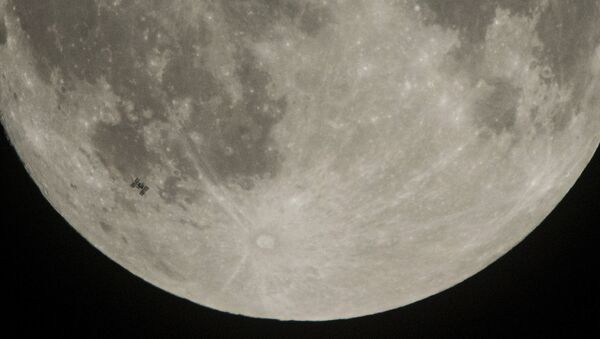The Chinese lunar probe, including a lander and a rover, was launched on 8 December by a Long March-3B carrier rocket from the Xichang Satellite Launch Center in southwest China's Sichuan Province.
The spacecraft decelerated and entered the lunar orbit on 12 December, completing a vital step on its way to make the first-ever soft landing on the far side of the Moon.
The far side of the Moon is not visible from Earth. Due to the fact that the Moon’s period of rotation around Earth and its rotation about its axis are identical, only one hemisphere of the Moon can be observed from Earth at any point. The world’s first image of the far side of the Moon was captured on 7 October 1959, by the Luna-3 Soviet station, but until today, no spacecraft from Earth has ever reached it.
Landing on the far side means that the Moon will separate the spacecraft from Earth, making it impossible for the probe to communicate directly with our planet. That is why the special relay satellite, named Queqiao, will be responsible for transmitting signals between the Earth station, and the Chang’e-4 lander and rover.
READ MORE: Roscosmos, NASA to Adjust ISS Program to Fit With Lunar Missions — Rogozin
The hemispheres of the Moon differ from each other in many ways. Currently, scientists have little information about geological and electromagnetic conditions on its dark side.



